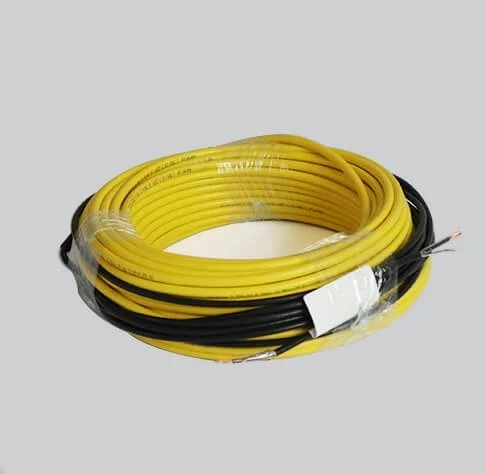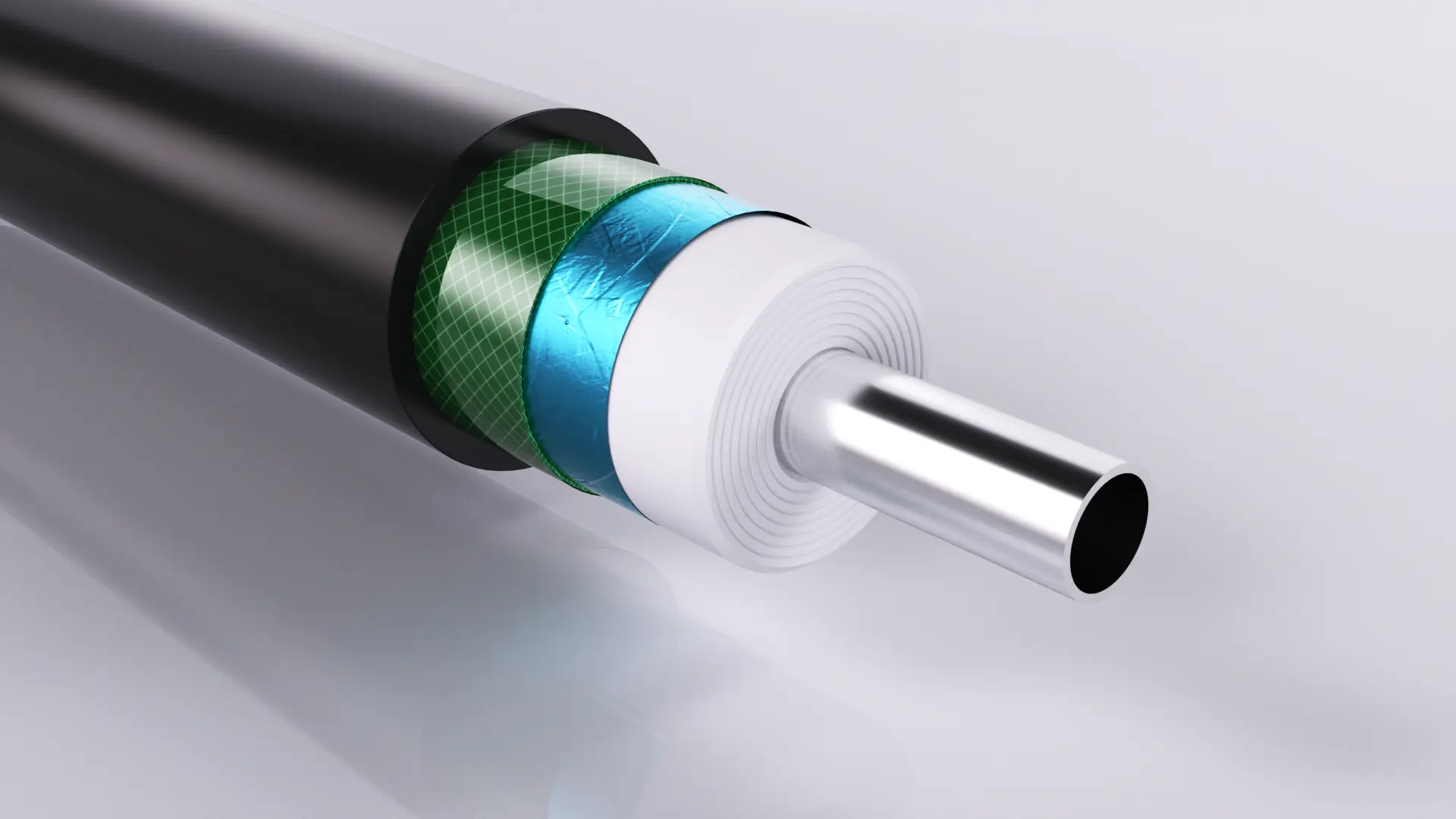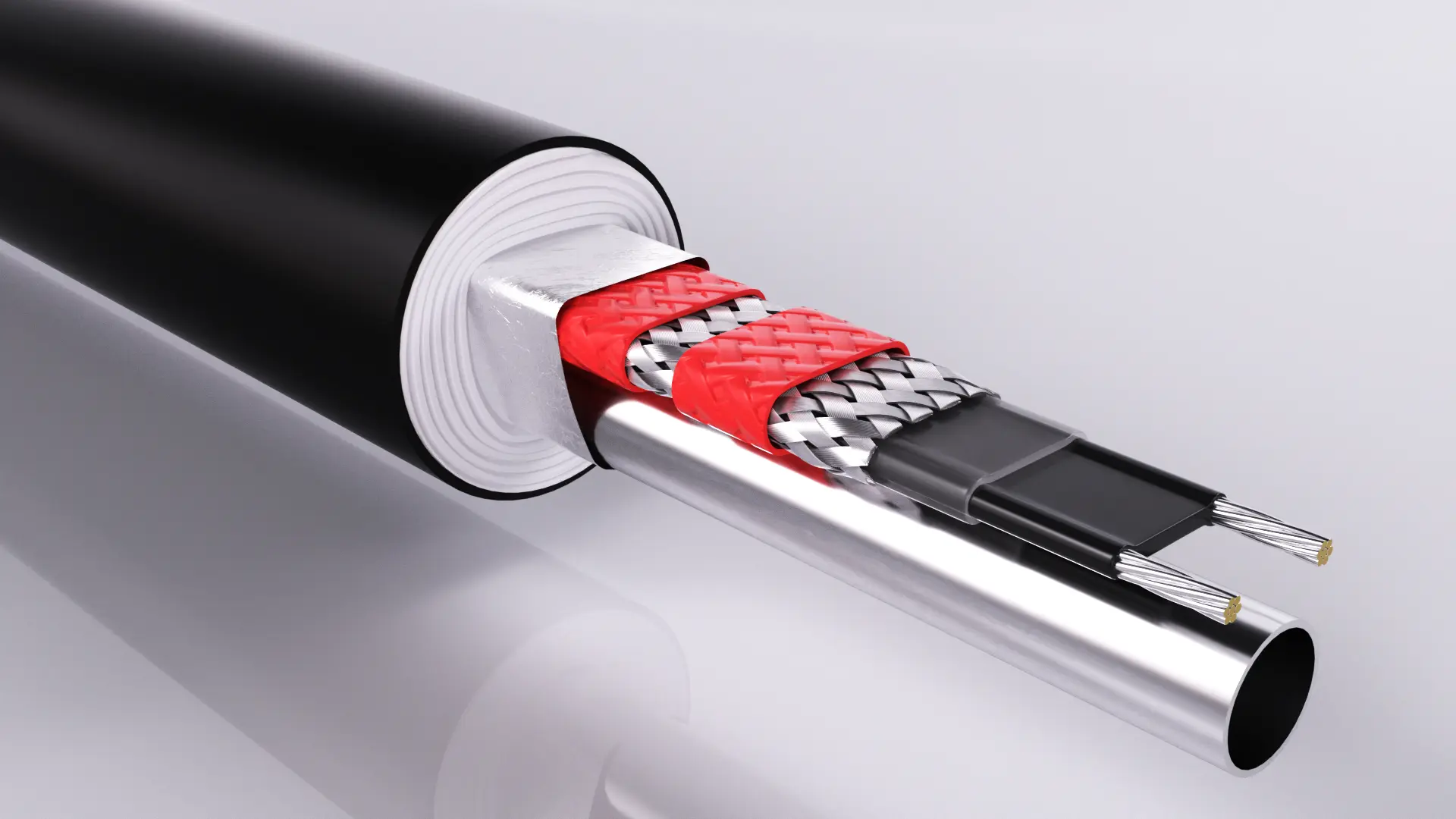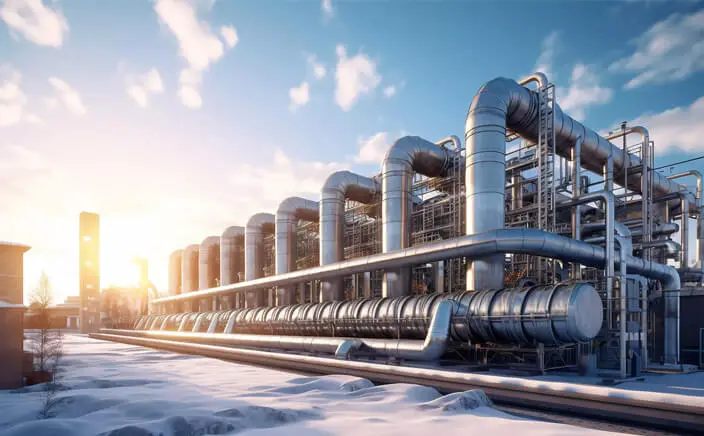Electric heat tracing and fluid heat tracing are two distinct methods used in industrial settings to maintain or increase the temperature of pipes, vessels, and equipment. Here's a detailed comparison of the two:
1. Working Principle
· Electric Heat Tracing
Utilizes electrical energy to generate heat through heating cables or tapes. It is based on the Joule heating effect, where electrical resistance in a conductor produces heat.
· Self-Regulating: Uses conductive polymer materials (e.g., PTC) that increase resistance with temperature, automatically adjusting heat output to prevent overheating.
· Constant Wattage: Provides a fixed heat output, requiring external temperature controllers to avoid overheating.
· Fluid Heat Tracing
Relies on fluid media such as steam, hot water, or thermal oil to transfer heat. The fluid circulates through pipes or jackets to warm the target equipment.
· Heat Transfer: Efficiency depends on fluid properties (e.g., steam’s latent heat) and flow rates.
2. Key Differences
Feature | Electric Heat Tracing | Fluid Heat Tracing |
Heat Source | Electricity | Steam, hot water, thermal oil |
Temperature Control | Precise (especially self-regulating) | Less precise; requires manual adjustments |
Installation | Simple, flexible (no fluid pipes required) | Complex (needs fluid distribution systems) |
Maintenance | Low (no moving parts) | Higher (requires fluid system upkeep) |
Environmental Impact | No fluid leaks or emissions | Risk of leaks (e.g., steam or oil spills) |
Initial Cost | Higher upfront investment | Lower initial cost |
Operational Cost | Energy-efficient (self-regulating reduces waste) | Depends on fluid costs and heat losses |
3. Applications
· Electric Heat Tracing
Ideal For: Complex geometries (e.g., valves, pumps), remote locations, or precise temperature control (e.g., instrumentation).
Examples: Freeze protection for pipelines, maintaining viscosity in chemical reactors, aircraft wing dei-cing.
· Fluid Heat Tracing
Ideal For: Large-scale facilities with existing steam/hot water networks, or applications requiring high heat capacity.
Examples: Oil refineries, power plants, and districts with centralized heating systems.
4. Advantages and Disadvantages
Method | Advantages | Disadvantages |
Electric | - Energy-efficient
- Safe (no leaks)
- Flexible installation | - Higher initial cost
- Limited heat capacity |
Fluid | - Low initial cost
- High heat capacity | - Energy-intensive
- Risk of leaks
- Complex installation |
5. Selection Criteria
· Choose electric heat tracing if:
You need precise temperature control.
The installation site is remote or lacks fluid infrastructure.
Safety and environmental compliance are critical (e.g., explosive atmospheres).
· Choose fluid heat tracing if:
You have access to low-cost steam or thermal oil.
The system requires high heat capacity (e.g., large storage tanks).
Initial cost is a major constraint.
In summary, electric heat tracing offers modern industrial operations greater precision and flexibility, while fluid heat tracing remains a cost-effective option in facilities with existing fluid infrastructure. The choice depends on specific process requirements, budget, and site conditions.


 EN
EN
 ja
ja  ko
ko  fr
fr  de
de  es
es  it
it  ru
ru  pt
pt  ar
ar  vi
vi 





